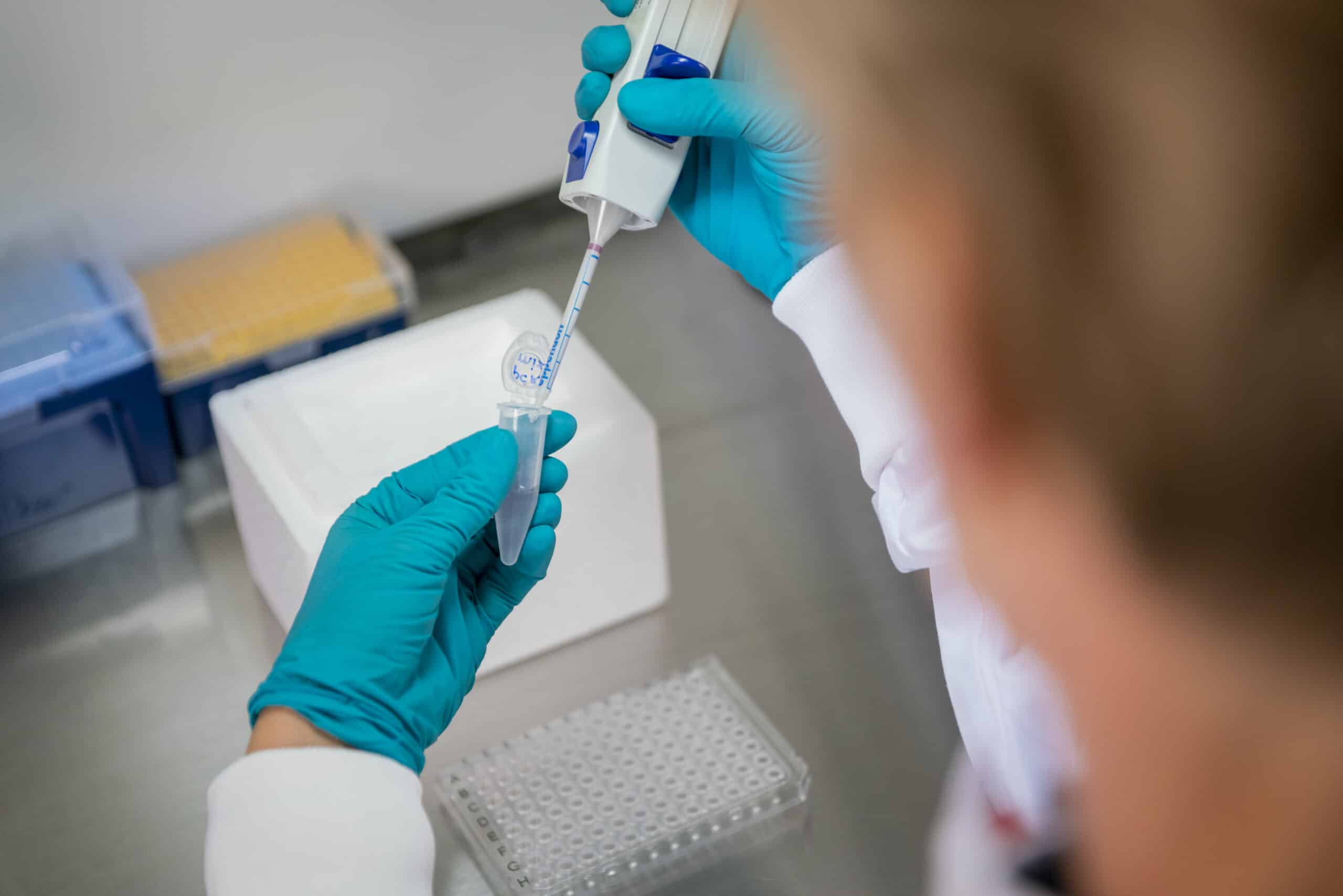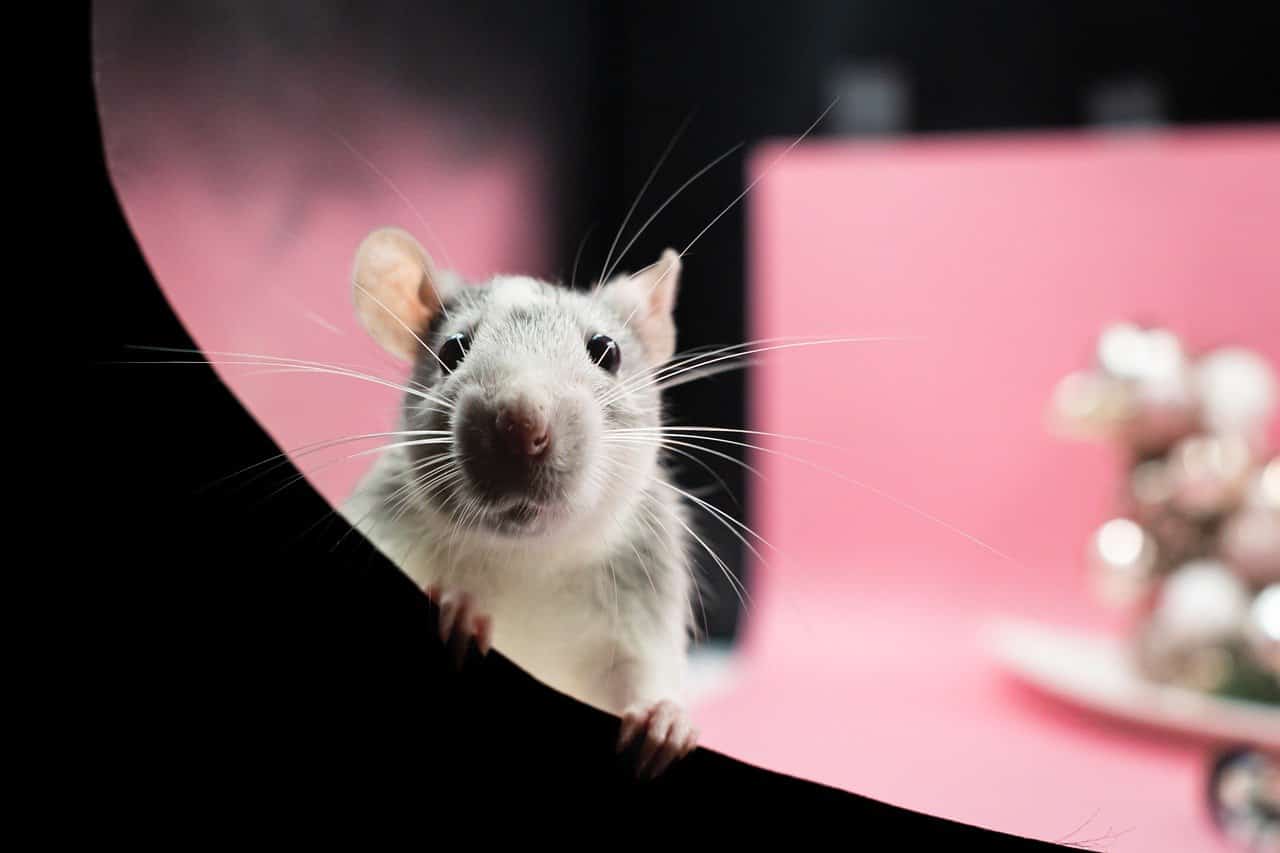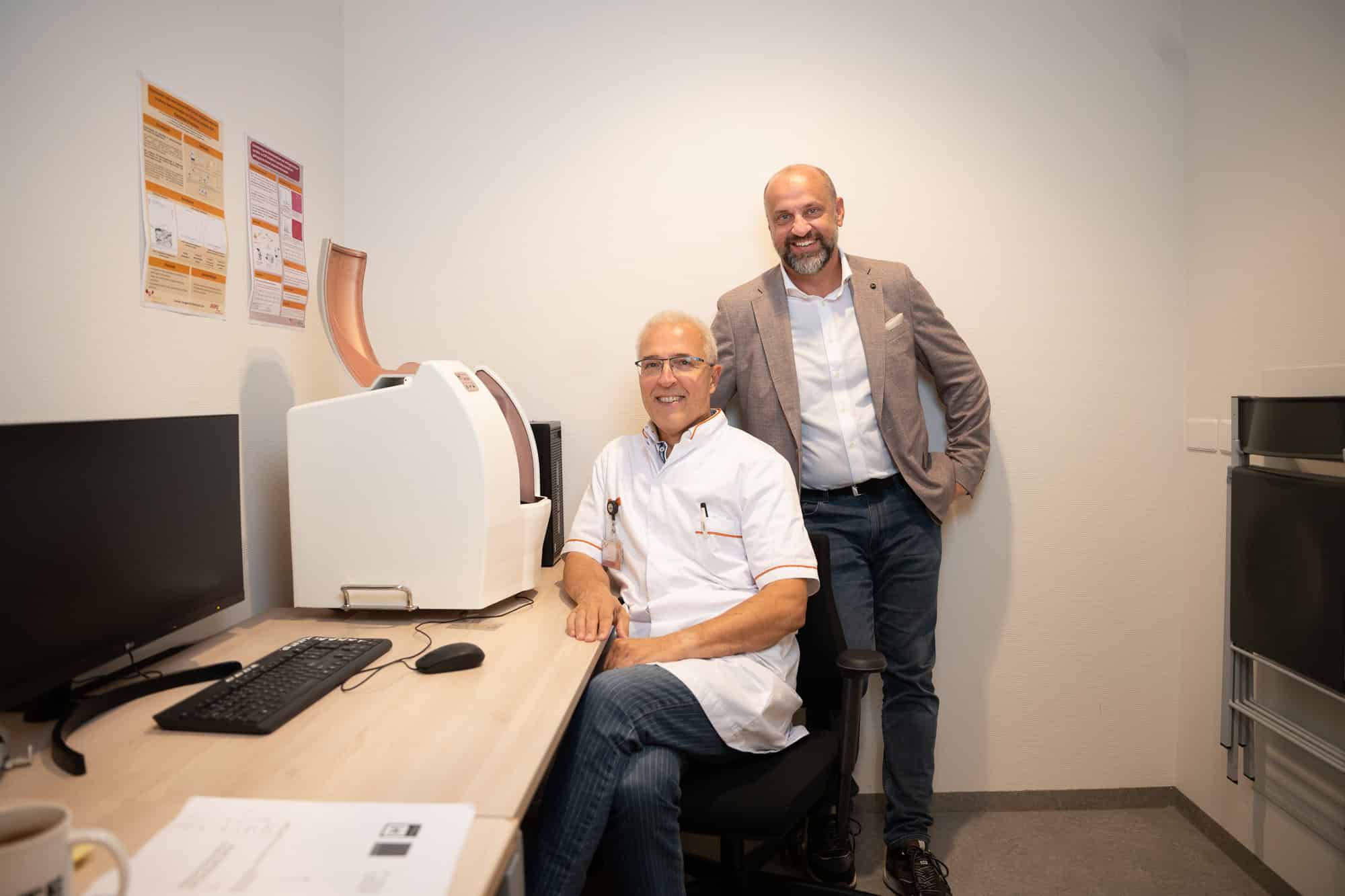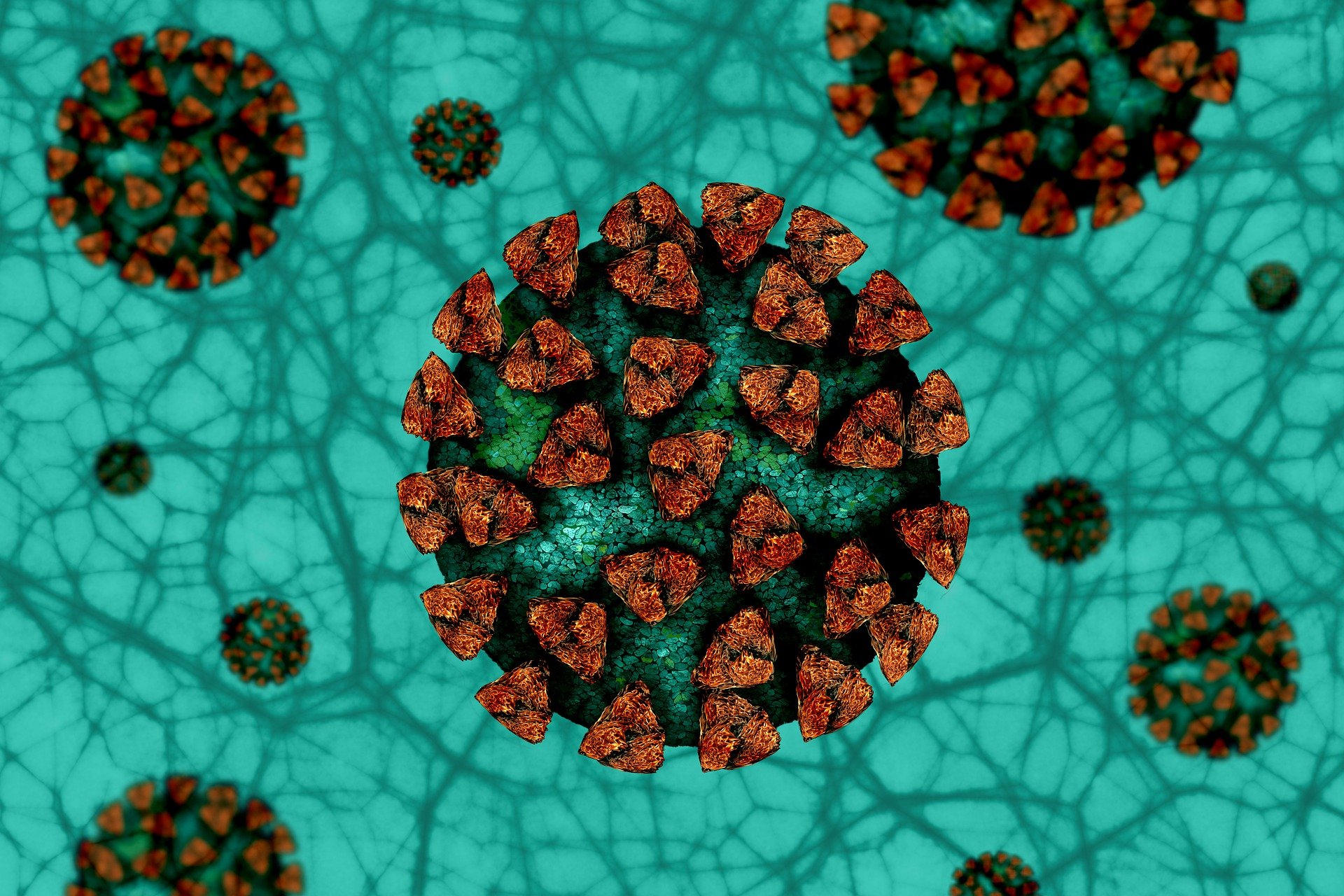
Researchers from TU/e, Fontys Hogescholen and Rijnstate Ziekenhuis have developed a new bioluminescence-based sensor that can detect tiny amounts of viral or bacterial DNA/RNA in samples, the TU/e writes in a press article.
PCR testing – the highly sensitive gold standard for Covid-19 detection – requires expensive equipment, expert technicians, and dedicated laboratory facilities, all leading to test times of several hours or even a day. Researchers from Eindhoven University of Technology, Rijnstate Hospital, and Fontys University of Applied Sciences have developed a new test based on a ‘glow-in-the-dark’ approach that could be used to directly detect DNA/RNA of viruses and bacteria with the same sensitivity as a PCR test, and all in just 30 minutes.

Disadvantages of a PCR test
“PCR testing is very accurate and was invaluable during the pandemic,” says Maarten Merkx, from the Institute for Complex Molecular Systems (ICMS), department of Biomedical Engineering, and head of the Merkx Lab at TU/e. “But it can take several hours, and often a day, to get the result of a PCR test.”

Part of the time delay with PCR testing, which checks for the presence of viral DNA or RNA in a patient sample, is the need for a thermal cycling process.
“Samples tested via PCR might contain miniscule amounts of viral DNA/RNA. To make this detectable, the sample is subjected to cycles of heating and cooling. This leads to the right conditions for DNA/RNA replication,” says Harm van der Veer, who is a PhD candidate in the Merkx Lab at TU/e. “But expensive equipment is needed, making it unsuitable for use by GPs or other local health facilities, let alone as a home test.”

Enter LUNAS
To address these drawbacks, van der Veer, Merkx and colleagues from TU/e, Rijnstate Hospital, and Fontys University of Applied Sciences have developed a new sensor that can be used at the GP, gives rapid results, and has similar sensitivity and specificity as the PCR test.
And just like the PCR test, their test has a catchy acronym. It’s known as LUNAS. Their work on the test has just been published in the journal ACS Central Science. Van der Veer: “LUNAS stands for luminescent nucleic acid sensor, which means that we have made a bioluminescent sensor to detect the nucleic acids (the molecules that make up DNA or RNA) found in viruses and bacteria.”
The Merkx Lab has considerable experience with bioluminescent sensors. “Many organisms such as fireflies use bioluminescence to produce light. In our sensors, we combine proteins that bind a certain biomolecule (such as an antibody or DNA or RNA) with so-called luciferase enzymes, which emit light upon detection of the target biomolecule in a sample,” says Merkx.
What’s more, bioluminescent sensors require no external excitation and the ‘glow-in-the-dark’ response can be detected with an ordinary digital camera that you’ll find in a smartphone.
Read the full TU/e article here.
Cover photo: Harm van der Veer.
Selected for you!
Innovation Origins is the European platform for innovation news. In addition to the many reports from our own editors in 15 European countries, we select the most important press releases from reliable sources. This way you can stay up to date on what is happening in the world of innovation. Are you or do you know an organization that should not be missing from our list of selected sources? Then report to our editorial team.







